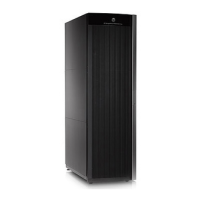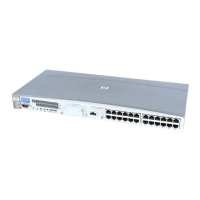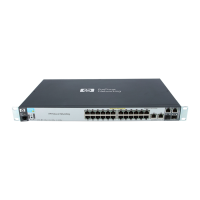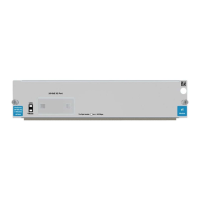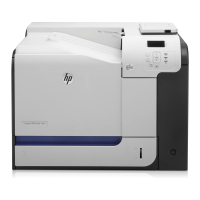If neither the YKLOG01 DD nor YKLOG02 DD statement are specified, the YKZ261E message is
output, and processing continues without any logs being obtained. If this happens, to obtain log
data, you need to log on to TSO/E again, and specify the DD statements for YKLOG01 and
YKLOG02.
If either the YKLOG01 DD or YKLOG02 DD statement is specified, the YKZ261E message is output,
and log data is output only to the log dataset specified in the DD statement. In this case, the specified
log dataset is overwritten if it is full, starting from the beginning of the file.
If an I/O error occurs for YKLOG01 or YKLOG02, a message ranging from YKZ262E to YKZ264E
is output, and log data is output only to datasets for which I/O errors have not occurred. If this
happens, the log dataset is overwritten if it is full, starting from the beginning of the file. If I/O
errors occur for both datasets, processing continues without any log data being obtained.
Open or close log datasets are as follows:
• Log datasets (YKLOG01 and YKLOG02) are opened whenever a CLI command is executed.
However, if the log dataset has already been opened using the YKLOAD command, it cannot
be opened until the script terminates.
• If the log dataset is opened using the YKLOAD command, the OS will close the log dataset
after the task terminates. If the log dataset is opened using a CLI command other than the
YKLOAD command, the dataset will be closed after the CLI command terminates. Also, if a
log dataset (YKLOG01 or YKLOG02) becomes full, it will be closed (CLOSE TYPE=T ).
If a log dataset (YKLOG01 or YKLOG02) becomes full and the Business Continuity Manager log
output destination is switched, the YKZ291I message or the YKZ292I message is output to the
console. If this happens, the name of the log dataset that has become full is displayed in the
YKZ291I message, and both the job name and the DD names of the log (YKLOG01 or YKLOG02)
before and after the switchover are displayed in the YKZ292I message.
To acquire a backup of the Business Continuity Manager logs:
1. If the YKZ291I or YKZ292I message is output, temporarily stop script operations.
2. If the logs displayed in the YKZ292I message from before and after the switchover differ,
acquire a backup of the log dataset displayed in the YKZ291I message.
If the same log dataset from both before and after the switchover is indicated , then it is also
possible that an error has occurred in one of the log datasets. If this is the case, a backup
cannot be acquired, because the log dataset from before the switchover has been overwritten.
3. Start script operations again after the backup has been acquired or after the cause of the
error has been removed.
The YKZ292I message is also output when the output destination for the Business Continuity
Manager logs switch when a log dataset (YKLOG01 or YKLOG02) I/O error occurs.
For details on the YKZ291I and YKZ292I messages, see the HP StorageWorks P9000 for Business
Continuity Manager Software Messages.
Obtaining Log Data When the YKWATCH Command Is Executed from the ISPF Panel
If you execute the YKWATCH command from the ISPF panel, and then execute multiple jobs in
parallel, the second job might stop while waiting for the log dataset. As a result, when outputting
logs to sequential datasets, you need to specify either DUMMY or SYSOUT=* in the YKLOGnn DD
statement of the YKWATCH (YKWPROC) command.
The following is an example specification:
//YKLOG01 DD DUMMY
//YKLOG02 DD DUMMY
//YKLOG01 DD SYSOUT=A
//YKLOG02 DD SYSOUT=A
Collecting Logs 563
